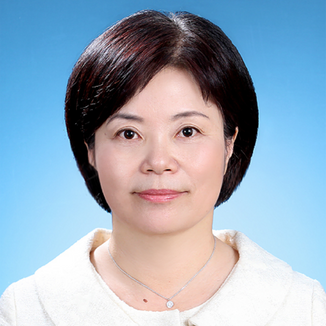|

 The Institute for Korean Studies will present a lecture by Chungsook Kim, Korea University, on Wednesday, March 1 from 2:30 p.m. to 4:00 p.m. online (registration required). Prof. Kim will present "Korean Writing Systems Until the 15th Century." Note: This lecture will be presented in Korean.
The Institute for Korean Studies will present a lecture by Chungsook Kim, Korea University, on Wednesday, March 1 from 2:30 p.m. to 4:00 p.m. online (registration required). Prof. Kim will present "Korean Writing Systems Until the 15th Century." Note: This lecture will be presented in Korean.
Abstract: 1443년 훈민정음이 창제되기 전까지 한국인들은 중국의 글인 한문을 표기 수단으로 사용하였다. 그런데 한문을 적는 글자인 한자는 표의문자라서 배우기가 어려웠으며 한국어와 중국어의 구조가 매우 달라, 일부 지식인을 제외하고는 문자 생활을 하는 것이 불가능하였다. 이러한 문제를 해결하고자 세종대왕은 훈민정음을 창제하고 창제 원리를 기록으로 남겼다. 훈민정음은 11개의 모음 글자와 17개의 자음 글자로 구성된 음소문자이다. 먼저 상형의 원리를 적용해 기본자를 만들었고, 이 기본자에 획을 더하거나 기본자들을 결합하여 새로운 문자들을 만들었다. 훈민정음은 하나의 글자가 하나의 소리를 나타내는 음소문자이며, 상형과 가획, 결합의 원리에 의해 글자를 만드는 과정이 매우 과학적이고 체계적이라는 평가를 받는다. 이에 훈민정음 창제 이전에 한국인들의 문자 생활을 간략히 소개하고, 창제 원리를 중심으로 훈민정음에 대해 설명하고자 한다.
Before the invention of Hunminjeongeum in 1443, several different scripts were used on the Korean peninsula, including Gogyeol, Hyangchal, Idu, and Chinese characters. The existing writing systems based on Chinese characters could not properly represent the unique sounds and grammar of the Korean language. Chinese characters (or Hanja) were ideograms (meaning-based), and the structures of Korean and Chinese were very different. It was difficult for commoners to learn the Hanja writing system, making it only accessible to a small group of intellectuals and aristocrats. Recognizing the need for a new writing system that would be accessible to everyone, King Sejong invented a phonetic alphabet, Hunminjeongeum, and illustrated its underlying principles. Hunminjeongeum is regarded as a scientific and systematic writing system because the letters were designed based on the position and shape of the mouth and tongue when producing each sound. In this presentation, I will introduce various scripts used on the Korean peninsula before the creation of Hunminjeongeum and discuss the principles under which Hunminjeongeum was created.
|